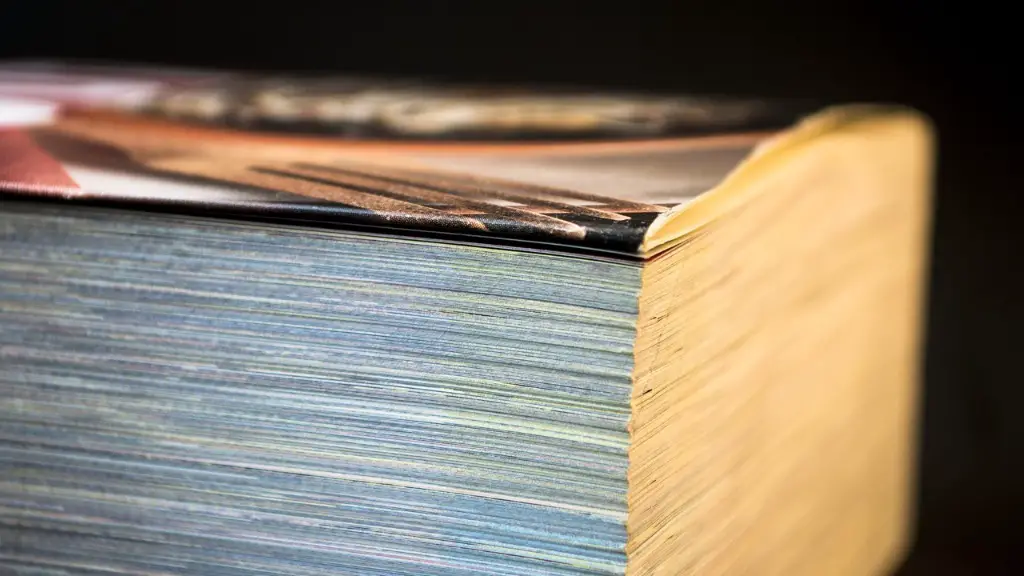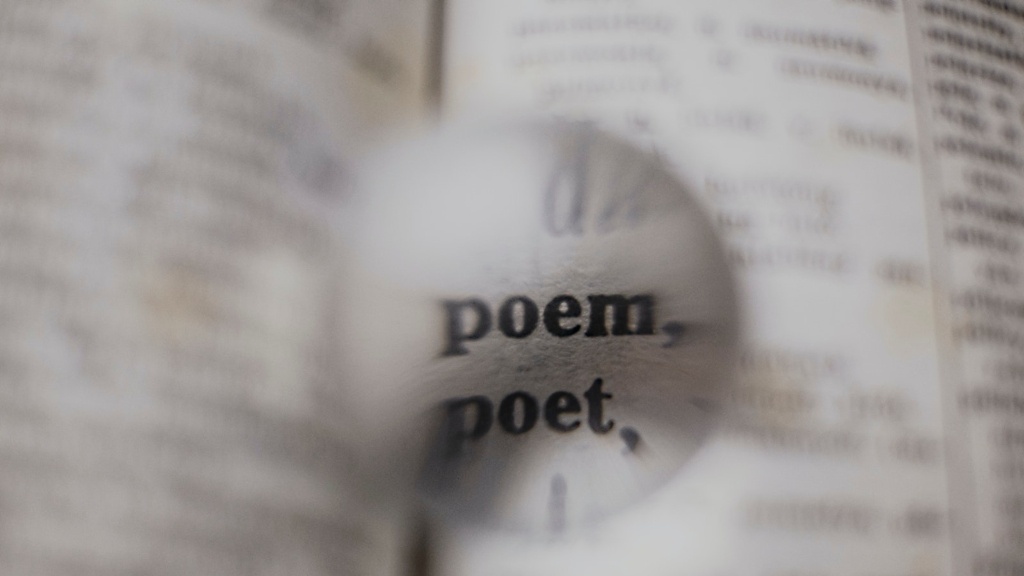Introduction
Poetry is an art form unlike any other; it has puzzled scholars and charmed readers for centuries. Poetry has the ability to capture emotion or express ideas in ways that no other form of writing can. Far from being just verses of rhyming words, poetry incorporates a range of forms and techniques. Understanding the various types of poetry can help readers explore and appreciate the beauty of words in all of its iterations.
Types Of Poetry
One of the most common types of poetry is formal verse. This type of poetry follows a strict pattern and is often written in iambic pentameter, meaning it has 10 syllables per line with a rhythmic pattern of unstressed syllables followed by stressed syllables. Many writers of this type of poetry choose to rhyme their verses, and in traditional poetry, often divide their poem into structured blocks called stanzas. Poets also have the option of writing free-verse which, while often based on following a certain rhythmic pattern, has fewer rules and restrictions.
Another type of poetry is narrative poems, which tell stories in verse. This could take the form of a ballad or an epic poem, both of which follow a specific rhyme scheme for each of their stanzas. A concrete poem, often called a shape poem, is one where the words are written and arranged to create a specific visual shape on the page. Similarly, found poems may be constructed from existing writing material. Rather than making up their own words, poets will cut and paste words from snippets of text, such as newspaper articles, in order to create their own poem.
Sonnets and Haikus
One of the most popular forms of poetry is the sonnet. This type of poem is usually 14 lines long and often follows a specific rhyme scheme. Other types of popular poetry include acrostic poems and the haiku, a type of poem which originated in Japan. Haikus have a strict structure and focus on nature and the euphoria of nature.
Limericks and Cinquains
Limericks are a light hearted type of poetry which often have a silly and humorous tone. They use a very specific rhyming structure and have a set syllable count per line. Cinquains are a form of poetry that also use a specific syllable count per line and make use of patterns of comparison, contrast and exaggeration.
Odes and Epistles
Odes are poems where the poet celebrates an object, such as a flower, for its beauty. Epistles are a type of poem where the poet addresses the reader in the second person. This type of poem is often used for philosophical or political purposes.
Blank Verse and Free-Style
Blank verse, also known as unrhymed iambic pentameter, is a type of poetry which follows a specific rhythm but doesn’t have any rhyming structure. This type of poetry often has a lot of power behind it as the poet doesn’t need the distraction of rhyming words to convey their message. Free-style poetry usually breaks all the rules and has no specific rhyme scheme or syllable count. Usually the poet will use language and phrase structure which is both powerful and evocative, to express their thoughts.
Experimentation
The sheer range and diversity of poetry forms and techniques offers a great opportunity for experimentation. Modern poets have embraced this opportunity and have started writing poems which are heavily influenced by other forms of art. Readings of poetry often embrace sound art, with poets combining their verses with sound effects or even music for unique and striking performances. Each type of poetry has the potential to be immensely powerful and it is worth exploring them all in order to discover their potential.

